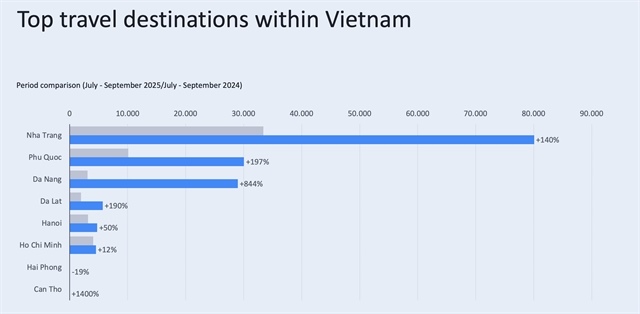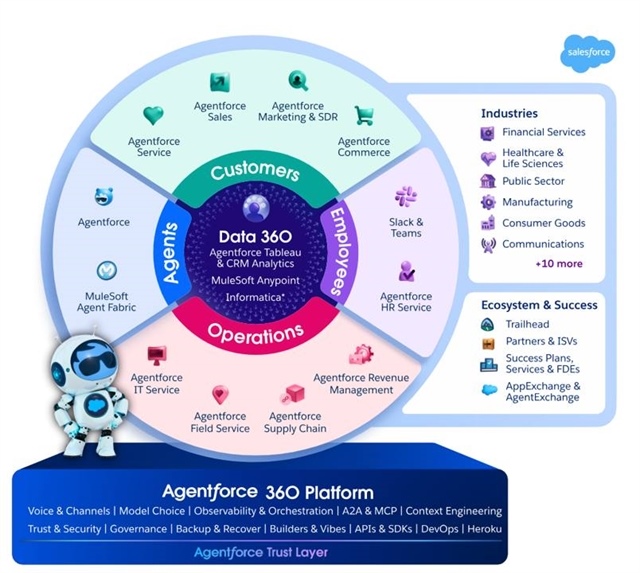Vietnam aims for 20-22% growth in e-commerce sector in 2025
Vietnam aims for 20-22% growth in e-commerce sector in 2025
The Vietnamese government has set the e-commerce sector's growth target at 20-22 percent in 2025.

Vietnam's business-to-consumer e-commerce market grew 18-20 percent in 2024. Photo: Quang Dinh / Tuoi Tre |
Nguyen Anh Tuan, strategy director at J&T Express Vietnam, believed that Vietnam's e-commerce sector has the potential for explosive growth but requires smooth coordination.
The growth target for Vietnam’s e-commerce sector in 2025 aligns with the current market development trend, Tuan said, adding that from 2021 to 2024, the market has maintained an annual growth rate of 21-25 percent.
During the 2022-23 period, the market grew up to 25 percent. The 2023-25 period will be a new phase for Vietnam’s e-commerce market, with the entry of major global e-commerce platforms.
Meanwhile, existing sellers and platforms have gained valuable experience and will begin to break through in the upcoming months, according to Tuan.
However, to achieve the target, close and synchronized cooperation between entities in the ecosystem, such as retailers, payment service providers, logistics and express delivery companies, marketing service providers, infrastructure providers, and authorities, is needed to promote digital transformation, improve logistics infrastructure, and enhance e-commerce support services.
“We are ready to strengthen collaboration with technology partners and other units in the ecosystem to build a green and sustainable e-commerce economy,” Tuan affirmed.
Bui Huu Nghia, founder of the Vicolas brand, which specializes in e-commerce, claimed that businesses must build strong brands, manage customer data well, and implement effective marketing strategies to meet the target.
Selling on digital platforms is not as simple as many think. Sellers bear various costs, including advertising fees, commission fees for platforms, taxes, and other operational expenses, which can account for 35-45 percent of their revenue.
In some cases, to maintain order volume, many brands are willing to offer deep discounts and constantly run promotions throughout the year, which drives costs even higher.
Sellers must consider different distribution channels instead of relying entirely on e-commerce platforms that often push discounts, creating a habit for customers to wait for promotions, in turn diminishing product value.
A major issue is that sellers do not have access to detailed customer information and only receive order codes and basic delivery-related data, which creates difficulties in customer care and building long-term relationships.
In many cases, customers make purchases entirely through the platform without direct interaction with brands.



























